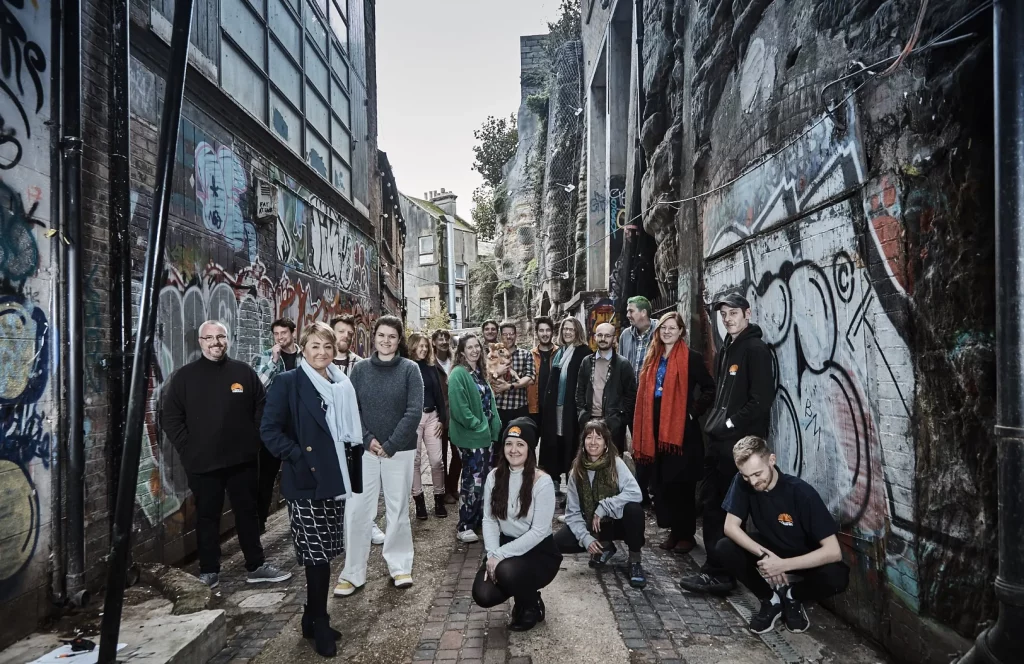Rising house prices and a lack of social homes has created an affordable housing crisis in Brussels that leaves people on the lowest incomes with little choice but to rent low-quality accommodation or leave the city.
Community Land Trust Brussels (CLTB) has successfully advocated for the use of the Community Land Trust model in Belgium to address this growing problem. Funded primarily by Brussels Capital Region, CLTB develops affordable housing on community-owned land. The homes are bought by people on low incomes, the vast majority of whom – more than four-in-every-five (83%) – have a migrant background. Residents play a central role in both the governance of the organisation and in the design and management of the housing projects. Homes are sold at 20-50% below market equivalents with the cost of the home subsidised according to the household’s ability to pay, and residents and non-residents have the opportunity to participate in a cohesive and caring community.
CLTB has completed five projects, housing 450 people in 103 homes. Four more projects are in preparation and the organisation is strongly committed to transferring the Community Land Trust model throughout Europe and beyond. CLTB is beginning to influence official policy in the Brussels Capital Region, where the Housing Emergency Plan states that mainstream affordable housing providers should start to apply mechanisms to create permanent affordability inspired by the CLT model. The organisation aims to provide housing for 1,000 people by 2030, ensuring a pipeline of truly affordable and inclusive homes for marginalised groups whose voices are rarely heard. On WorldCLTDay2022 Community Land Trust Brussels had a triple celebration when on their 10th Anniversary they opened new CLT homes in Leuven and were presented with their World Habitat Gold Award – watch how it all unfolded here
















